
Research
Research questions that are pursued in the Leary lab are rooted in the natural history and acoustic communication systems of anuran amphibians (but we're interested in projects involving amphibians and reptiles in general). Past research projects have included broad-scale
evolutionary patterns of divergence and convergence of acoustic signals, endocrine regulation of vocal production and behavior, and the
neural
mechanisms underlying selectivity for species-specific auditory signals. Current research in the lab focuses on how acoustic
signals influence
the endocrine physiology and behavior of signal receivers. Current research efforts and a summary of past projects are
briefly outlined below.
Current research efforts are aimed at understanding hormone-behavior relationships in green treefrogs, Hyla cinerea. Specifically, we are examining the effects of close-range vocal signals on the endocrine physiology of signal receivers and how circulating hormone levels, in turn, affect mating tactic expression, signal production, signal quality and mate choice by females. We are finding that close-range vocal signals increase circulating stress hormone levels in both male and female receivers and that signalers benefit from such a response because elevated stress hormone levels decrease the propensity to call in males and decrease preferences in females for calls that are costly to produce (the effects of stress hormones on the acoustic preferences of females is the research of graduate student Gabriell Davis). Results suggest a novel case of sexual conflict involving manipulation of stress hormone levels via acoustic signals.
We recently developed a method for delivering drugs to single neurons while making intracellular recordings and plan to use this method to address hormonal effects on auditory selectivity.
This research emphasized the importance on energetic state and glucocorticoid levels in mediating male mating behavior and the effects of glucocorticoids on acoustic properties known to be important in mate choice by females. This work formed the foundation for current comparative approaches and research efforts in the lab.
Previous work (in collaboration with Don Shepard at the University of Central Arkansas) used skeletal chronology to examine whether differences in the body size of male toads that adopt a calling or "satellite" mating tactic are related to differences in age. We showed that smaller males adopting the non-calling mating tactic are not simply a subset of younger individuals (as was previously assumed). Rather, these males are the same age as callers and exhibit different growth trajectories.
Advertisement calls of anurans provide some of the best documented examples of divergent character displacement. This work showed that while advertisement calls of toads diverge in sympatry, the release calls converge to facilitate interspecific communication during heterospecific amplexus
Work done with Jim Dobie (previously at Auburn University, now retired) focused on the natural history of the Alabama red-bellied turtle (Pseudemys alabamensis), an endangered species endemic to the coastal regions of Alabama and Mississippi. This work was critical in developing conservation strategies for this species. |
 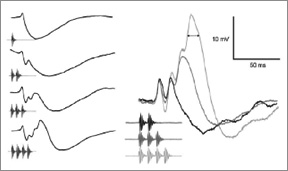 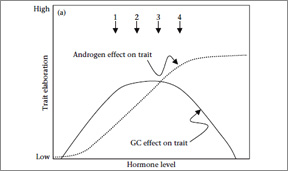 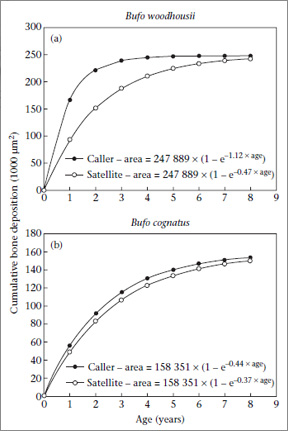 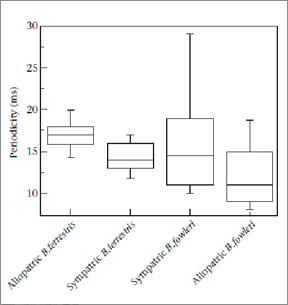 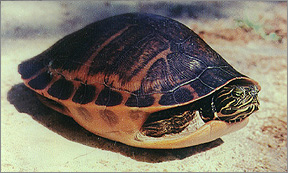 |
